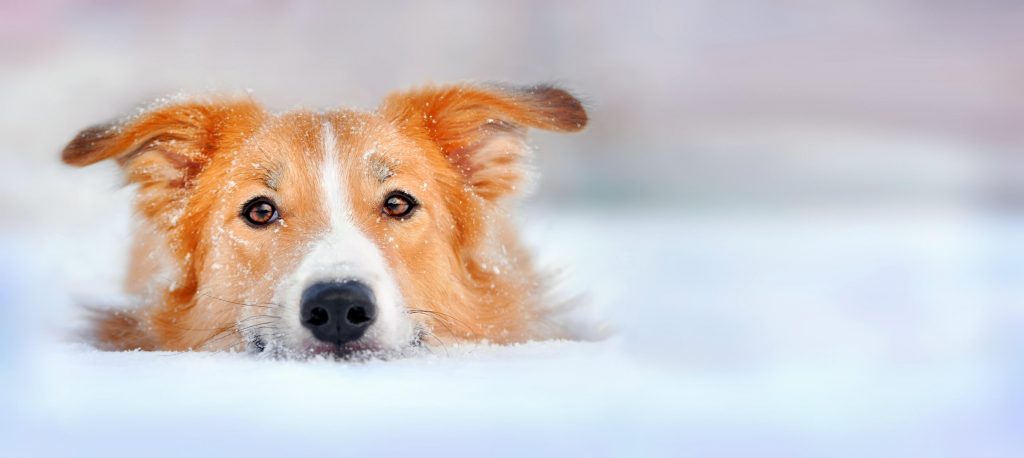How To Know If Your Dog Is Cold
Most people think that dogs don’t experience the cold weather as harshly as people due to their furry coats. However, this is unfortunately a myth, and it’s important to ensure your dog is warm and cosy, especially in the winter months. Understanding how to know if your dog is cold is a key part in keeping your pet safe and comfortable in the winter months.
If your dog gets cold, they could become ill, just like people and, despite their fur, they also lose a lot more heat than people think.
To begin with, they’re much closer to the ground than people are, meaning that when the ground is frosty, they experience it much more harshly than we do. They also have to walk with just their pads straight on the cold ground, meaning that it’s very difficult for them to go on walks in the winter. In fact, it’s advisable not to take them out when it’s frosty, as ice can actually hurt their paws.
There are also many different dog breeds, and while some have masses of warm fur, others, such as Greyhounds or Whippets, have incredibly short fur to make them more aerodynamic. It makes them amazing runners, but not so great at staying warm.
Discovering how to know if your dog is cold is essential to their health and wellbeing. The most important piece of advice is that, if you’re feeling too cold, then your dog is often feeling the same. Here are a few things to look out for:

Shivering
Just like people, dogs will shiver when they’re cold. You can feel their body vibrating. This is especially prevalent when they’re wet, so if they’ve been out in the rain or have just had a bath, you’ll know when to turn up the heating.
Slower Movements
Dogs will become sluggish when they’re cold. This is because their bodies naturally try to preserve heat and energy in the most important sections of their body – around their organs. This means that their legs and tail may have less blood flow than normal, so it takes them more effort to move around.
In this case, their ears will often be cold to the touch too.
Limping
If you’re out walking, your dog’s feet will be especially cold and possibly even painful. If your dog is limping, it’s because the floor is too cold and their feet are now painful to walk on.
Curling Up
Curling up is the only defence that a dog naturally has in the face of the cold. You may also notice that they try to hide under objects. This is their attempt to shelter themselves from the weather.
Unusual Sleepiness
If your dog is unusually sleepy, lethargic or becoming clumsy, this is often a sign of hypothermia. You should get them to a vet as soon as possible.
Whining
Dogs whine when they’re upset or anxious, this is a sure sign that something is wrong. If you’re out in the cold and your dog is whining, it’s because they want to head back inside.
Dogs are susceptible to cold and flu just like people are and in extreme weather they can even come down with hypothermia or frostbite. At Hunter’s Lodge, we’ll always take the utmost care to ensure your pets remain warm and cosy during their stay with us. We will ensure your dog’s needs are met throughout the day, even in the harshest of weather. Contact Hunter’s lodge today to learn more about our kennel services.

